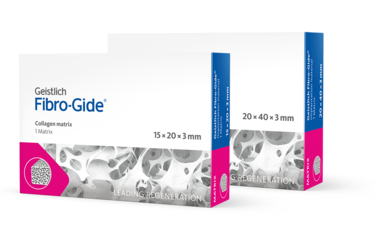
Navigating Dental Innovation: Exploring the Benefits of Geistlich Fibro-Gide®
Looking to offer your patients a palate-free solution for soft tissue regeneration? We spoke with Prof. Giulio Rasperini about Geistlich Fibro-Gide®, its patient benefits, application techniques, and its role in transforming modern dentistry!
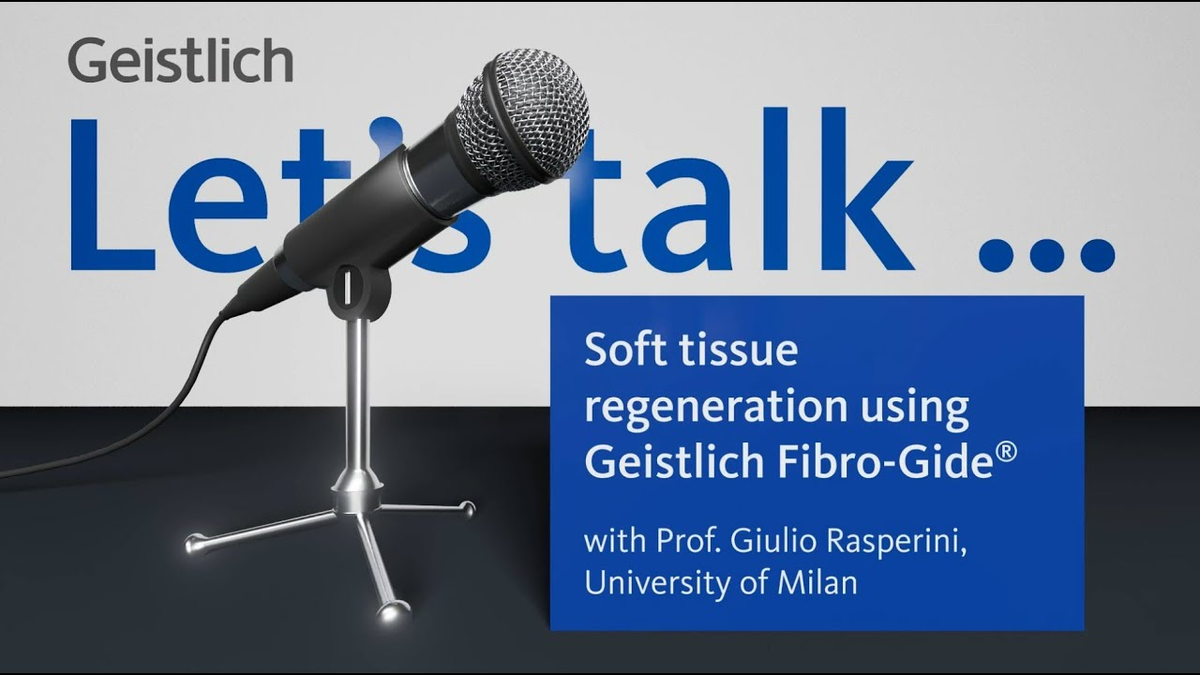

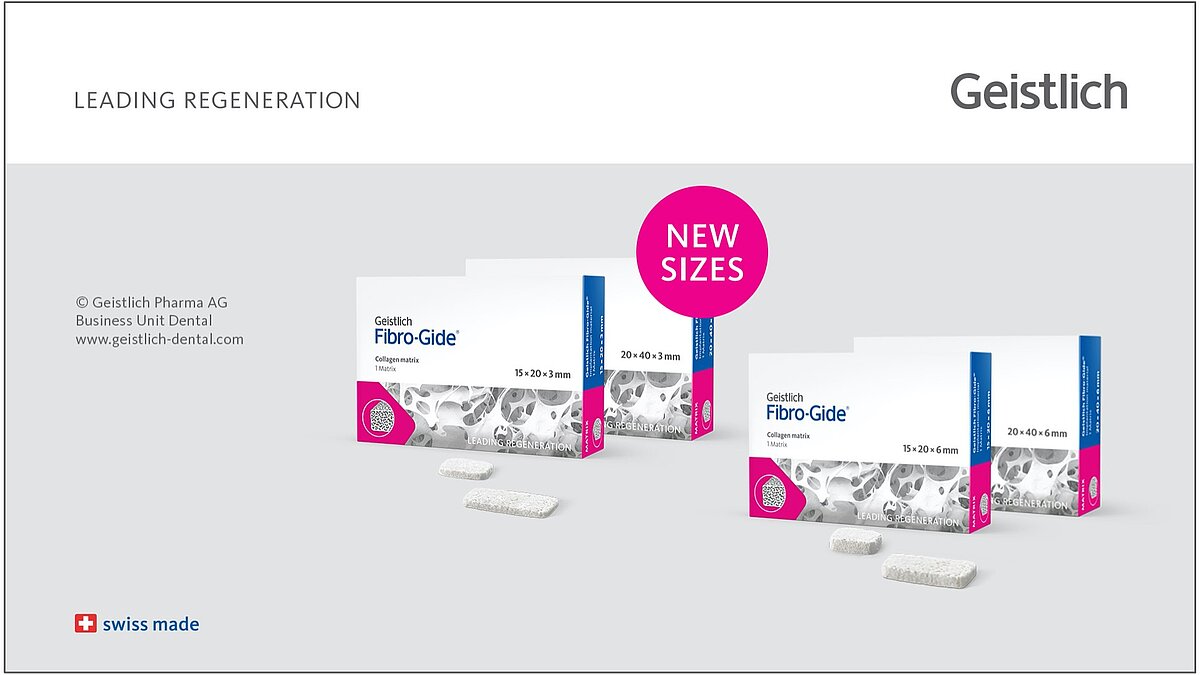
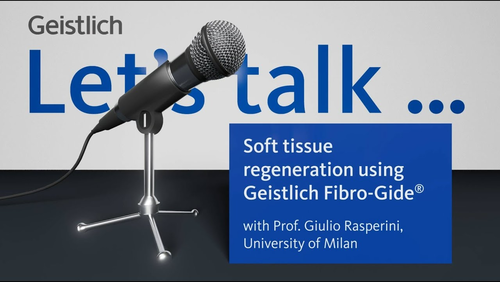
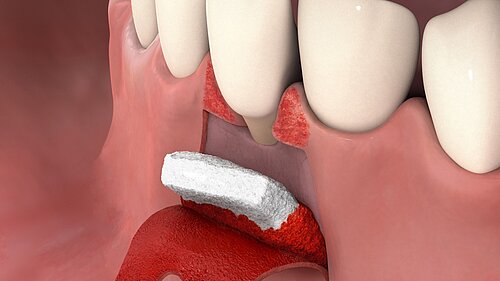

When do you use Geistlich Fibro-Gide®?
Prof. Rasperini: Geistlich Fibro-Gide® is used in cases with medium to thick phenotypes in the upper jaw and thin phenotypes with a sufficient width of keratinized mucosa. If only alveolar mucosa is available, connective tissue grafts are more suitable.
Which thickness do you use most frequently?
Previously, only Geistlich Fibro-Gide® 6 mm was available, which was trimmed to the required size using a scalpel. In most cases, the 6 mm thick scaffold was cut in half to obtain a 3 mm thick sheet of Geistlich Fibro-Gide®. For sites requiring thicker coverage, especially for implants, the 6 mm allows for precise adjustments. It is important to create a smooth edge and an appropriate thickness in the middle to avoid excessive pressure near the suturing.
When would you use 3 mm?
Geistlich Fibro-Gide® 3 mm is primarily used for recession coverage on natural dentition, which is the most common application.
What time point do you choose for soft tissue augmentation?
Soft tissue augmentation can be performed during various stages of implant placement, including implant insertion, reopening, or after placement. Focusing on soft tissue quality throughout these steps is crucial for achieving optimal aesthetics and margin stability.
What outcome measure do you use?
Outcome measurements include gingival margin and esthetics, such as root coverage for natural teeth and recession for implants. Modern 3D scanning techniques allow for a more comprehensive evaluation of dimensions, aesthetics, and coronal growth.
What are the benefits of Geistlich Fibro-Gide® compared to autologous tissue?
Using a matrix like Geistlich Fibro-Gide® is more comfortable for patients, as it avoids creating two wounds in the mouth. This minimizes difficulties in eating and bleeding, and reduces the time needed for harvesting, de-epithelializing, and preparing the graft. An alternative like Geistlich Fibro-Gide® is a significant improvement in replicating the benefits of connective tissue from the palate.
Your tip for new users is…
Always remember to bevel the matrix edges to ensure proper wound closure and cut the matrix while it's dry. To make cutting easier, wet the scalpel with a drop of saline solution before trimming the matrix.


